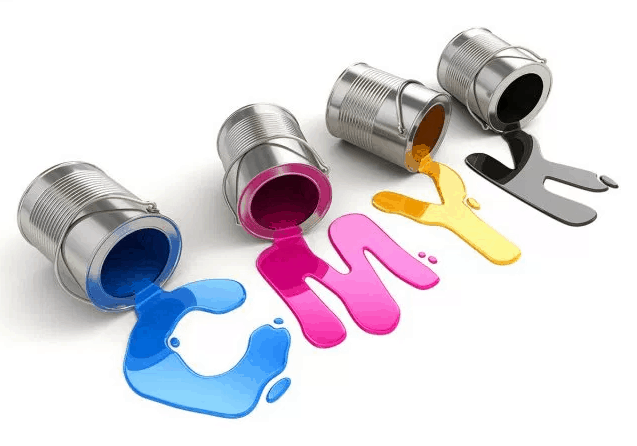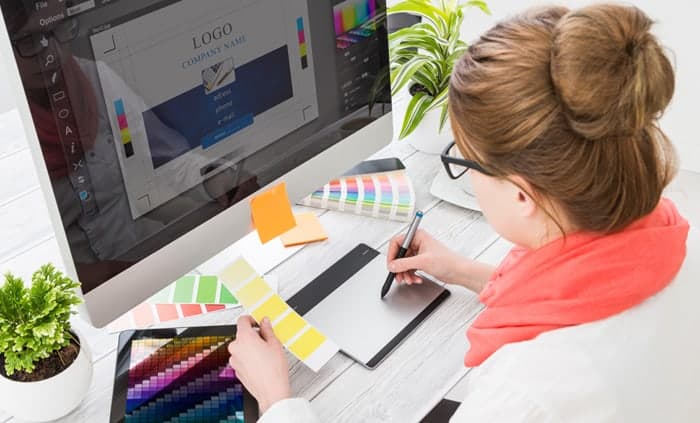
Finalizing the artwork is one of the crucial things to complete before box packaging the product. While a lot goes into the process, t does not mean you cannot place the final touches. There are several little checks you can make to ensure your final art is ready for the store.
They also help you minimize common issues that arise when preparing artwork for box packaging. Below is a brief look at five best ways to avoid these issues but first, an answer to the burning question:
What are The Issues When Preparing Artwork for Box Packaging?
Several issues can arise when preparing your artwork for box printing. Knowing them is crucial to ensuring your final artwork does not have any of these devaluing attributes.
Issues may occur in various areas, including artwork orientation, resolution, fonts, bleeds and white space, among others. Some of the common ones include:
- Forgetting to flip the cutter die-line (guide)
- Dropping vectors for raster file types
- Using low-resolution images
- Producing in the RGB environment instead of CMYK
- Forgetting to outline fonts or using those that are too small
Several other issues might arise, including forgetting bleeds, ignoring safe margins, using black that is too heavy or too weak, failing to proofread the print and many more. So how do you minimize these issues to ensure your artwork is ready for box packaging?
a. Start by Finalizing Artwork Specifications
It is critical to have the exact dimensions from the customer from the beginning. This includes aspects such as material, size, printing and coating. Without having these specifications, you may experience issues at the artwork stage.

While dimensions do not directly affect the artwork, if your dimensions do not meet the customer requirements, you’ll have to start over. Ensuring all aspects have been taken correctly is an essential part of planning. It also takes care of several issues that might arise.
b. Prepare the Dieline
Since the dieline is the main outline where the artwork will be placed, preparing it is one of the most crucial processes in finalizing artwork for box packaging. You should ensure the template is exactly as requested by the customer. You can ask if they have a dieline already or need you to create one based on given templates.
If you are creating the Dieline from scratch, pay close attention to the details, especially crease, bleed lines and cuttings. These are essential when creating a Dieline that the physical box will be based on.
c. Use CMYK Color Space
Uploading the artwork onto the Dieline is one problem that many designers struggle with. This often occurs as customers are disappointed the colors they receive do not match what is seen on the screen. To avoid such disappointments, use CMYK color space as it is the correct color mode for printing.
Attempting to print in RGB can have a significant effect on the final colors you get and the difference can devalue your products’ face value. CMYK stands for Cyan, Magenta, Yellow, and Key (Black), which are standard color cartridges in inkjet printers.
d. Prototype the Final Product
Prototyping is a powerful way to inspect the elements of a design before the final production is commenced. It works well in the manufacturing industries and can help you manifest the exact packaging. From a prototype, you can check dimensions, structure, color and finish.
You can also identify color mistakes and things you can tweak to make the final package exquisite. It allows you to scrutinize the package to determine those subtle differences that can enhance its outlook. You will need to find a reputable prototyping company to provide quality prototypes.
e. Undergo Several Approval Processes
The approval processes and cycles have a significant influence on the final artwork quality and readiness for packaging. In cases where there isn’t a prototype, the company’s approval process plays a vital role in minimizing issues encountered during the entire project.
It is recommendable to have several cycles and procedures for different stages of creating the artwork and box packaging. You can find manufacturers that go through several approval processes alongside CTP, 3D, or other digital rendering proof. These processes can identify packaging and artwork issues before production begins, saving you a lot of time.
Conclusion
There are several other minor procedures ad checks designers and manufacturers set up to minimize issues, especially when preparing the artwork and applying shipping labels for box packaging. The priority is to get things right the first time and to set up checks to ensure you meet all requirements for the quality you are going for.
Creating a stellar box packaging requires that the artwork also meets all quality standards. Making a draft plan can guide you through the process of creating outstanding artwork and finalizing it for box packaging. You can even find guidelines for common issues and how to avoid them.